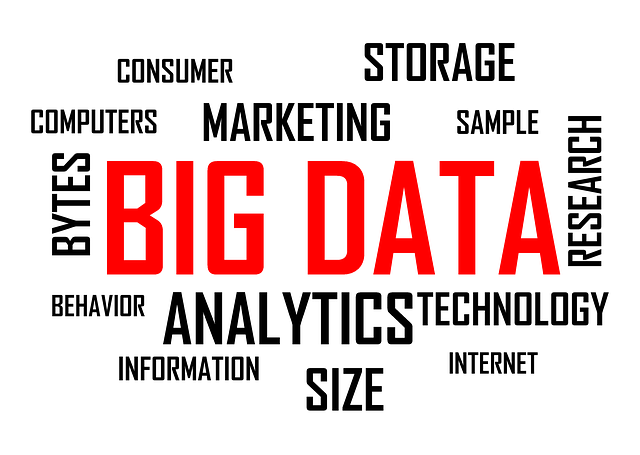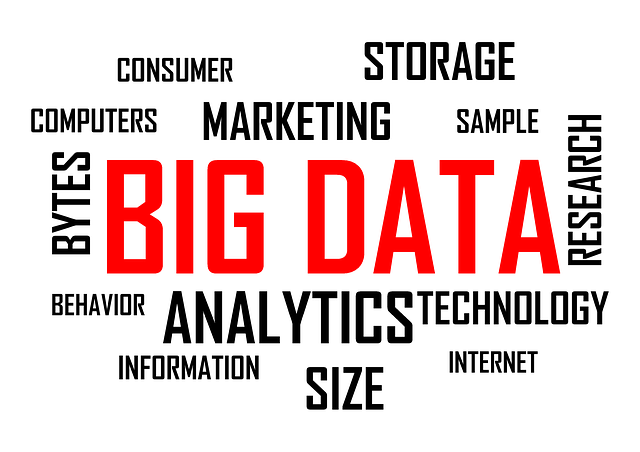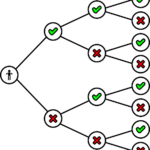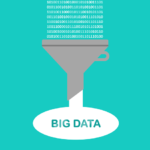Firstly, as we know, Data Warehousing is the concept of constructing and storing data in a data warehouse. Secondly, it collects and manages data from various sources to analyze the data and gain meaningful business insights.
Moreover, we can say that data warehouse is the core of Business Intelligence system. It is mainly used for data analysis and reporting. This system transforms the data into information and is available to the users as per their requirement.

Table of Contents
- Types of Data warehouse
- General stages of data warehouse
- Components of data warehouse
- Advantages
- Applications
Types of Data warehouse
Let us look at the three types of data warehouse:
- Enterprise Data Warehouse
- Operational Data Store
- Data Mart
Firstly, EDW is a centralize structure. In addition, this warehouse provides decision support system services.
Secondly, Operational Data Store supports organizations reporting needs. For instance, it stores records of employees.
Thirdly, data mart is a subset of DW. It uses sales, finance, business etc.
General Stages of Data Warehousing
Some of the stages of DW include the following:
- Offline operational database
- Offline DW
- Real time data warehouse
- Integrated data warehouse
Components of Data Warehouse
There are mainly four components:
- Firstly, load manager is the front component. It will extract and load the data into the warehouse.
- Secondly, warehouse manager performs management of the data. Its tasks include to ensure consistency, creation of views, indexes, aggregations, transformation and archiving.
- Thirdly, query manager is the backend component. It handles user queries.
- Lastly, end user access tools include data reporting, query tools, application development tools, EIS tools and OLAP tools.
Benefits
Advantages of using data warehouse are as follows:
- It allows business to access critical data from various sources into one place.
- It provides data consistency and supports ad hoc queries and reporting.
- Moreover, it provides data integrity and reduces turnaround time for data analysis and reporting.
- It can store a large amount of data.
- Helps in understanding trends for future prediction.
Applications
DW is mainly used in airline, banking, healthcare and public sector. In addition, it manages the use of resources effectively. It can strategize and predict outcome. Moreover, this system helps in understanding customer trends and analyze data patterns.
Conclusion
In conclusion, we have learnt that Data Warehousing is the concept of constructing and storing data in a data warehouse. Moreover, it collects and manages data from various sources to analyze the data and gain meaningful business insights.
We have seen different types of data warehouse and its general stages. We have also learnt about its components which include load manager, query manager, warehouse manager and end user access tools.
DW is mainly used in airline, banking, healthcare and public sector. In addition, it manages the use of resources effectively. Lastly, we have seen some of its major benefits.















